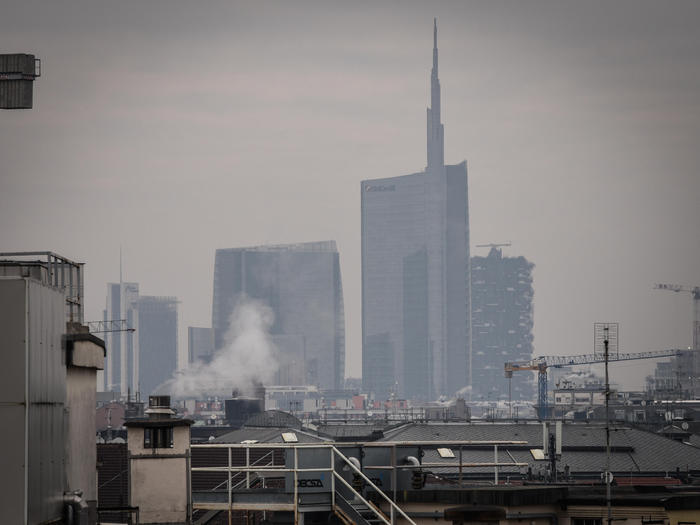Smog is an 'ally' of Covid-19 but it is not a carrier capable of spreading and 'transporting' the SarsCov2 virus. It does not 'transport' it therefore, but those who have long been exposed to polluted air, if infected, could face a more serious illness. The top international experts support it, rejecting the hypothesis of a direct involvement of the smog in the escalation of the contagions, on the occasion of the Webinar 'Air pollution and Covid-19', organized by the Menarini International Foundation as part of the RespiraMi project.
Smog, therefore, could still play a role in the course of the disease in those who have been infected: those who have been exposed to pollution are more fragile in front of the virus and therefore have a greater risk of encountering more serious consequences in case of COVID-19. According to the available studies, pollutants cannot in fact act as 'transporters' of infectious particles of the virus and air pollution is therefore hardly responsible for a surge in infections, but exposure to smog can have negative effects on general health, making it more fragile and increasing the prevalence of cardiovascular, metabolic and respiratory diseases, thus increasing the share of subjects with a higher risk of worse consequences in case of contagion. In other words, it is increasingly evident that smog is a 'third uncomfortable' between the virus and the body: when the organism is more compromised, the damage is greater.
SarsCov2 "is transmitted mainly through the respiratory droplets of an infected person; contagion from infected surfaces is rarer, while some indications suggest that the virus may remain infectious in the aerosol of a closed environment - notes Sergio Harari, director of the Pneumology Operations Unit, San Giuseppe Hospital in Milan - on the other hand, the hypothesis that atmospheric particulate matter can 'transport' the virus and therefore help spread it by air does not seem plausible: the particulate matter can carry biological particles such as bacteria, spores, pollen and even viruses, but it seems unlikely that Coronaviruses can maintain intact characteristics and infectious properties after a more or less prolonged stay outside because temperature, drying and UV rays damage the envelope of the virus and therefore its ability to infect. Therefore a link between the fluctuations daily particulate matter and the incidence of contagions is not confirmed or plausible to date the".
The hypothesis that pollution could be directly responsible for an increase in the probability of infection derives from the spread of Covid-19 in the Po Valley, one of the most polluted areas in Europe; however studies seem to indicate that the epidemic moves with people, not through smog. "For an epidemic with respiratory infection, the main determinant of the spread is the frequency and proximity of contacts between people - intervenes Pier Mannuccio Mannucci, Emeritus professor of Internal Medicine at the University of Milan -. The Po Valley is one of the most industrialized areas of the country, with a high number of international contacts, and this together with the high population density can be considered the major determinant of the surge in infections in recent months. Also the drastic drop in infections following the lockdown and of social distancing suggests that particulate matter is not decisive in the transmission of the virus. " Furthermore, the polluting particulate matter leads to an increase in the inflammatory response at the lung level and this, in the presence of SarsCov2, could favor the appearance of more serious symptoms.
However, concludes the epidemiologist Francesco Forastiere, "to date we do not have enough data to be sure of the impact of pollution on the course of the SarsCov2 infection and further studies are needed to arrive at conclusive data".

